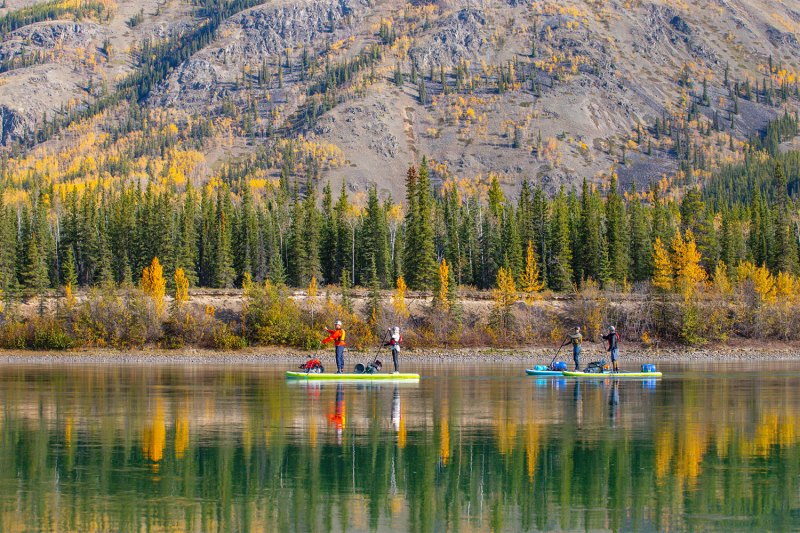
In recent years, the sport of stand-up paddleboarding, or SUPing, has become one of the fastest-growing pastimes, and aside from being a unique form of travel, it’s also a great workout. Standing on the board while paddling engages an array of muscles throughout the body and is a great full-body workout, especially for your core. Once relegated to select locations in tropical regions, SUPing has become an almost household term across the world. It’s easier than ever to find outfitters that offer rental options.
Unlike kayaking, paddleboarding offers the options of sitting, kneeling, or standing. It’s also more forgiving than kayaking. If you do fall, the water is a great reprieve on a hot day, and it’s easier to get back on the board than to get back into a kayak that has flipped.
Before you hit the water, we’ve pulled together a few things you need to consider before paddling off into the sunset. Check out the best stand-up paddleboard gear for men.
Stand-Up Paddleboard: Red Paddle Co.
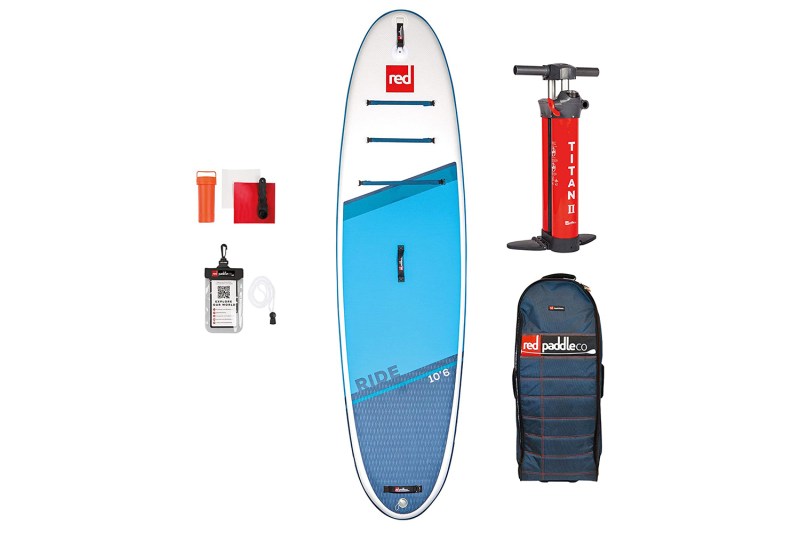
Of course you’re going to need a paddleboard, but the first couple of times you go out, it’s advantageous to rent or borrow gear. This will allow you to determine whether you enjoy it enough to invest money into your own gear. Test out different sizes to see if an extra-large paddleboard or a smaller paddleboard is right for you. Depending on the board, it can be a significant investment, but a quality board will last for years. Red Paddle Co. offers a variety of inflatable boards for just about any adventure.
Paddle: Yvleen Alloy SUP Paddle
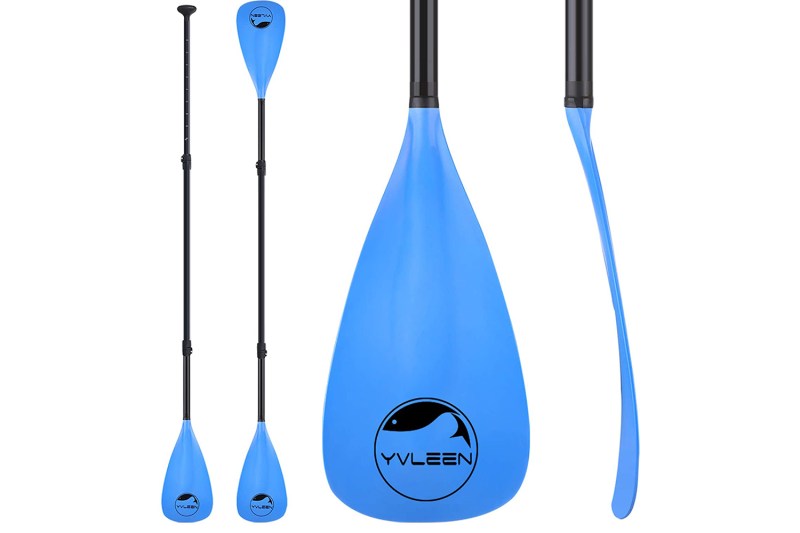
A SUP paddle looks similar to an elongated canoe paddle with an angled blade. An adjustable paddle is perfect as it will accommodate a range of paddlers and will allow for shortening the length when sitting or kneeling. This four-piece adjustable SUP paddle is a great budget value for paddleboarders.
PFD (Personal Flotation Device): Kokatat Life Vest
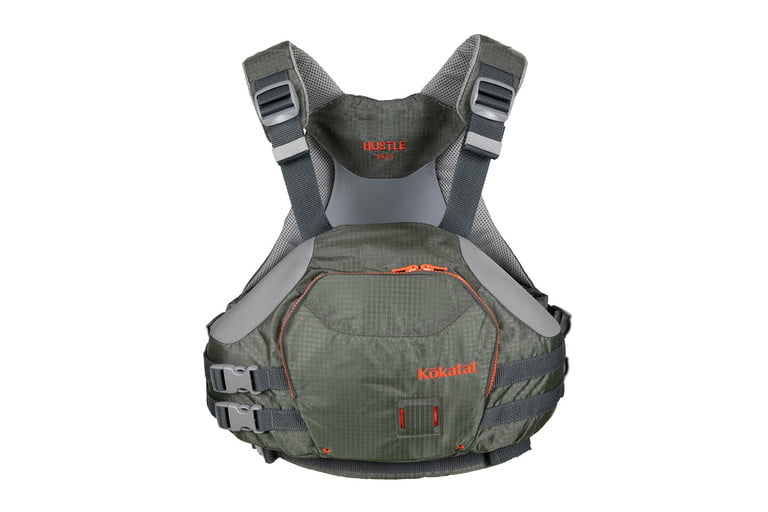
Stand-up paddleboards are considered vessels by the U.S. Coast Guard, and users are required to have a PFD on board. Adults don’t have to wear them, but children are required to wear them at all times. It’s best to check regulations as age requirements vary by state.
A low-profile PFD, like the Kokatat Hustle, works well whether standing, kneeling, or sitting.
Safety Whistle: Shoreline Marine Kayak Whistle
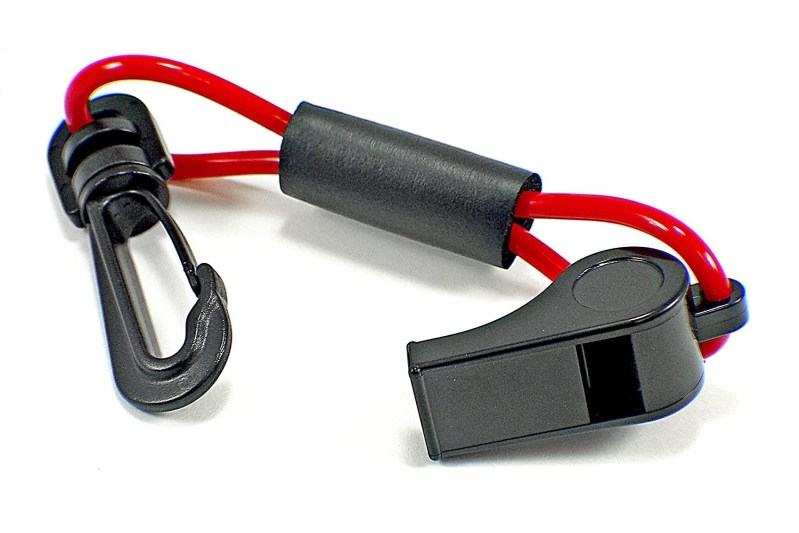
The U.S. Coast Guard also requires each boater to have a safety whistle that can easily attach to your PFD.
An affordable yet high-quality safety whistle, the Shoreline Marine Kayak Whistle is a safety signaling device that offers corrosion resistance.
Apparel
Who doesn’t want to get a little sun kissed on a nice day out on the water? However, spending all day in the sun can do more than harm your skin. It can leave you physically drained and potentially dehydrated. Here are two great options for providing a little sun protection for a full day on the water.
Outerwear: Duck Camp Lightweight Bamboo Hoodie
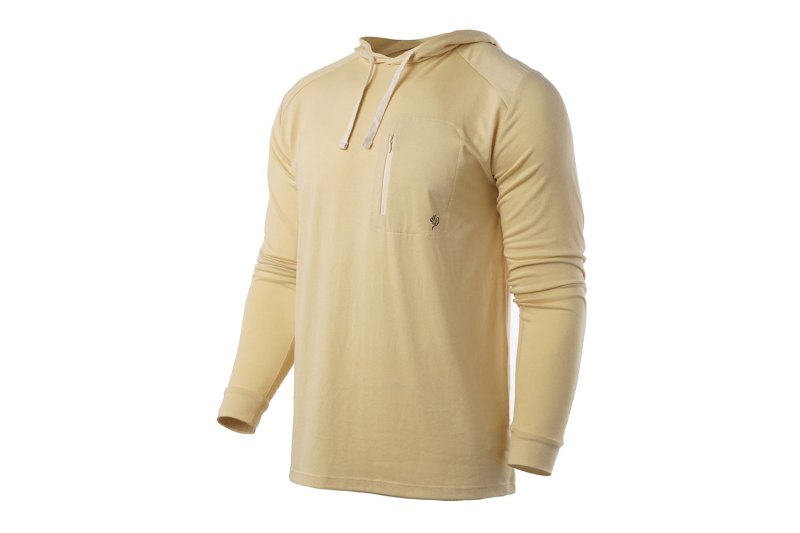
Made with supersoft bamboo fabric, this hoodie also provides UPF20+ sun protection.
Top: Howler Brothers Loggerhead Henley
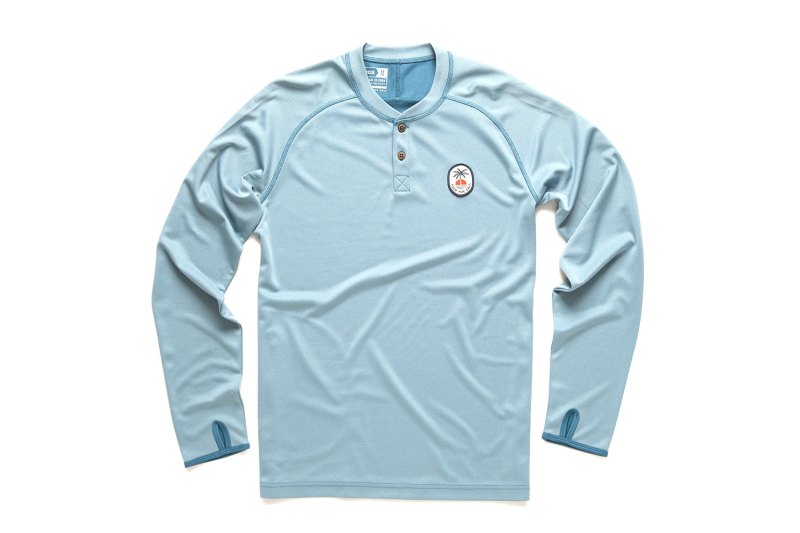
When paired with a hat, the henley is a great option for those who would prefer not to wear a hoodie. Made of 100% polyester, this henley also provide UPF45 sun protection.
Sunglasses: Smith Castaway
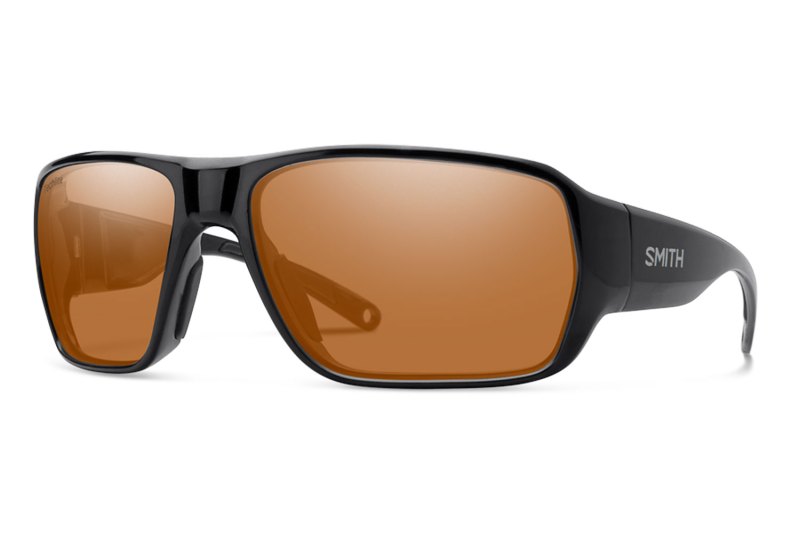
A good pair of polarized sunnies are worth their weight in gold when spending time on the water. The Smith Castaways are a perfect choice as they also come with a proprietary and adjustable eyewear retainer so you don’t drop them overboard.
Sunscreen: The Protekt Sunscreen Stick
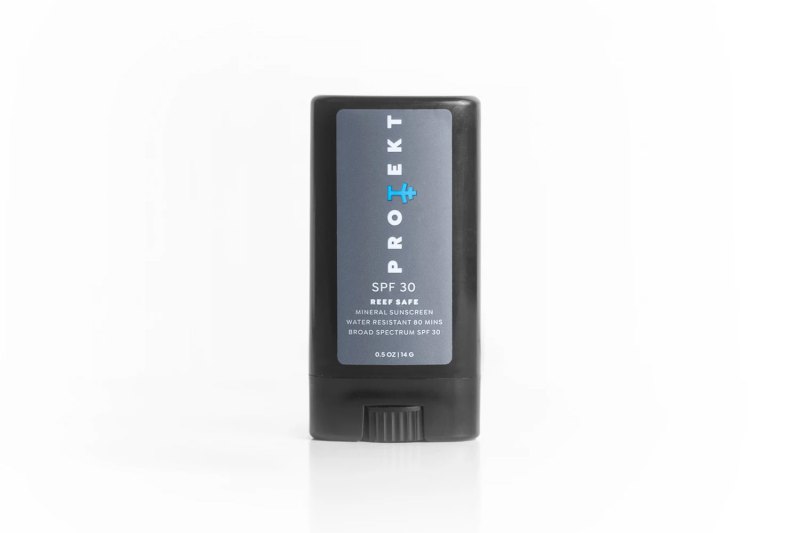
Aside from a PFD, this may be the single most important piece of gear. And while it’s important to apply prior to hitting the water, carrying additional protection is essential. The Protekt sunscreen stick will easily fit into your PFD pocket.
Other Accessories
Earth Pak Waterproof Duffel Bag
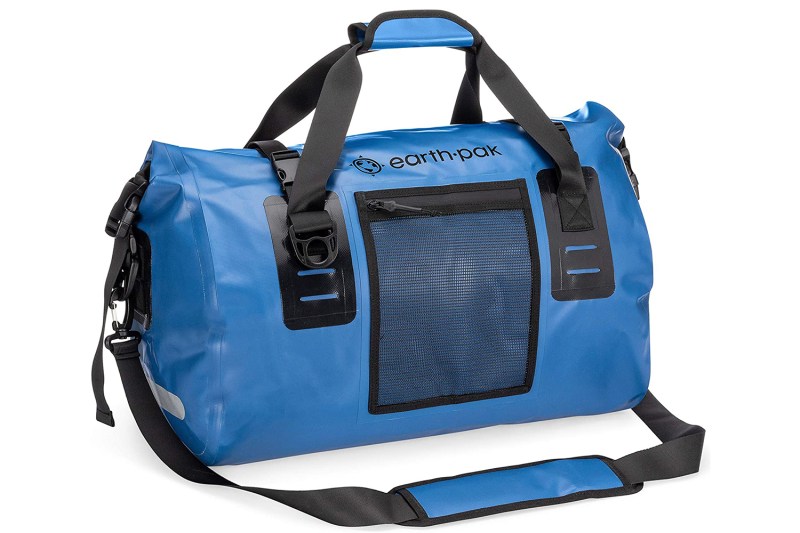
Before heading out, stash all of your gear in the Earth Pak Waterproof Duffel Bag. For the trip home, place all of your gear (wet or dry) in the bag. As a bonus, the bag contains a floor mat that easily deploys to keep your feet clean and debris free while changing.
Sealine Gear Dry Bag
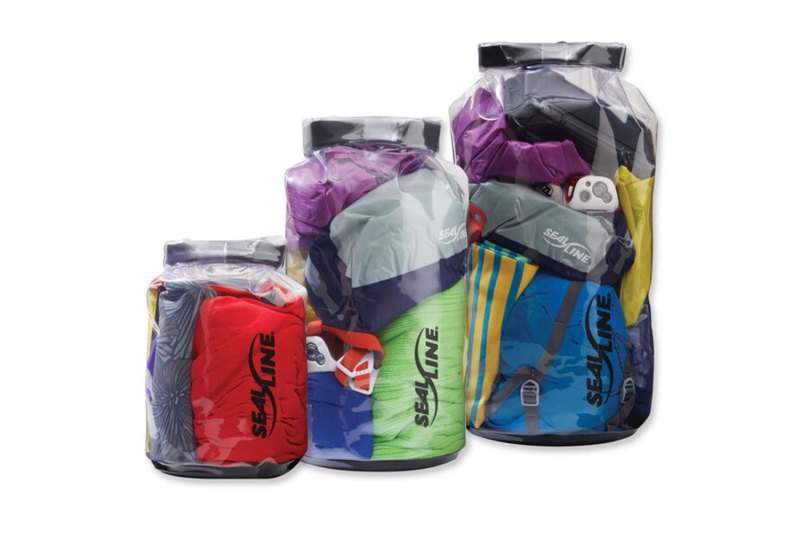
If you’re going point to point along a river route, it’s great to have a dry bag to store your extra apparel, wallet, and keys. These dry bags from SealLine come in a variety of sizes and are see-through for easily identifying and retrieving your gear as needed.
Inflatable Versus Hard Paddleboard
There are advantages to both. However, inflatable boards tend to edge out the hard boards when it comes to all-around compatibility. Here are a few factors that make inflatable boards ideal for beginners and veteran users.
- Durability: Inflatable boards tend to be more durable and are more forgiving when bumping into rocks and other hard objects that might otherwise damage a hard board. They can also be used in a variety of conditions from flatwater to whitewater paddling.
- Convenience: Inflatable boards, when deflated, take up less room, and most fit into a bag for storage and transport. This is ideal for people without the ability to transport a hardboard atop their car. They easily fit into the trunk, and when done with a particular outing, they can be stored in a closet until ready to be deployed again for another adventure. Also, the inflatable board in its storage bag can be checked for airline travel. This can save money that you might otherwise have to spend on rental fees.
- Weight: Inflatable boards are typically lighter, which can make the difference in the frequency at which a board is used.
- Comfort: Inflatable boards can be more forgiving when used over long periods of time. Standing on a hard board all day can cause extra fatigue.
- Stability: When compared to a similar-sized hard board, an inflatable board can possess greater volume, therefore making it more stable. You can even do yoga on a SUP.
- Safety: Falling onto a hard board can be less forgiving than making contact with an inflatable.


